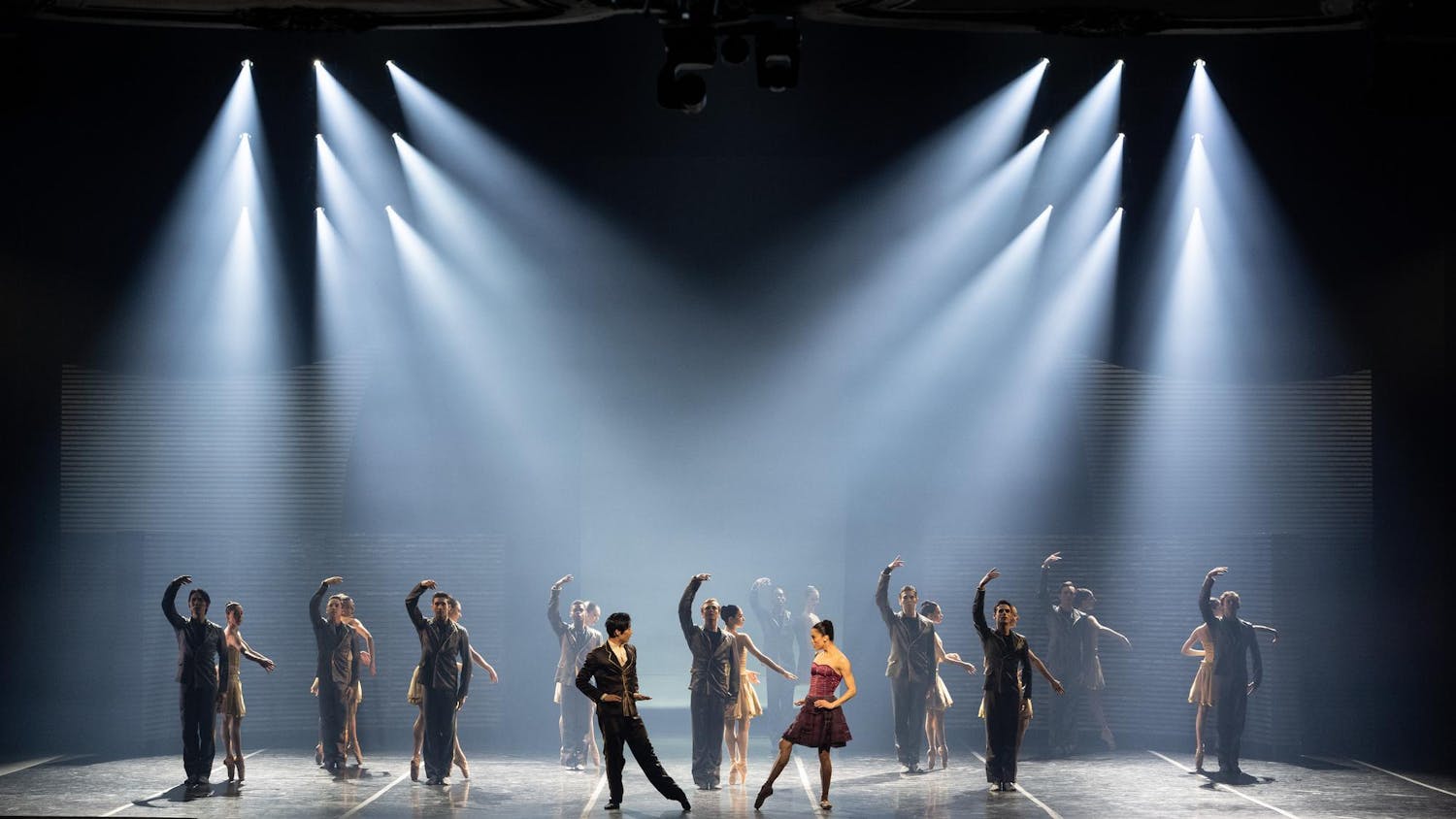Documentary photographer Edward Burtynsky presents the world as one that is permeated by tensions, including the struggle between industrialization and progress and the worry that the inexorable pace of advances in technology may not be wholly beneficial. His work deals with such omnipresent themes as the destruction of the environment and the presence man has imposed on nature. The difference between Burtynsky's work and purely documentary work is that he imbues his pictures with a sense of epic beauty rather than one of pure devastation and wrongdoing.
In his show at the Tisch Gallery, a collection of photos dealing with the rapid industrialization of China, Burtynsky not only displays the radical changes and interruptions Chinese life has undergone, but also expresses the staggering scale of human achievement. "Edward Burtynsky: The China Series" stands as a testament to the gains and ills of progress.
Burtynsky's style takes advantage of the fundamental seductions of photography as a medium. His photos are large, glossy and colorful, seemingly cheerful even as they show crowded industrial landscapes and endless factory floors. The pace of progress and development in China has been extraordinarily fast in the past decade, as the country quickly became a major player in the world economy. The dichotomy of this growth is clearly present in Burtynsky's work, with the sleek nature of his photos belying the sacrifices that must be made for such progress.
The element of the individual is minimized in his photos, but in photos of endlessly repeating lines of uniformed workers in a factory, the sacrifices made by the individual remain implicit. In his artist statement, Burtynsky outlines what he looks for through his work: "I search for subjects that are rich in detail and scale yet open in their meaning. Recycling yards, mine tailings, quarries and refineries are all places that are outside of our normal experience, yet we partake of their output on a daily basis."
Though China is not as foreign a place as it once was for Westerners, many are in no way intimate with its inner workings. Just as most Americans are separated from "recycling yards ... and refineries," they are unfamiliar with China though it produces a great number of the goods they consume. This show of photos provides an important insider's view of China that many may be missing.
Instead of studying the country's changes from economic statistics, Burtynsky examines the source of China's power from the inside out. Nowhere is this inner element more apparent than in Burtynsky's photos of the creation of the Three Gorges Dam. As a foreign country, Americans aren't able to see the immediate results of China's massive building project to bridge the Yangtze River. Burtynsky gives viewers a clear picture of the destruction and change wrought by the project, depicting crumbling and abandoned buildings left behind by the over one million people that have been displaced by the dam's reservoir. Devastated landscapes stand side by side with gleaming factory production lines in the show, creating a juxtaposition that begs the question of whether these are direct cause and effect.
A few common threads stand out in Burtynsky's "The China Series." The show is sorted into five distinct themes, but the "Manufacturing" series is one of the most impressive. Burtynsky shows us endless factory lines, shining and artificially straight, receding forever into the background. Figures toil at these lines, all in different poses, creating a rhythm that brings to mind the ever-quickening pace of progress.
The sheer visual appeal of these geometric factories almost makes up for the stigma of such labor. One particularly paradoxical photo shows a mound of plastic toy pieces prepared to be recycled. Their bright colors and intoxicating patterns make the viewer forget that this it the detritus of society, a link between beauty and waste.
Overall, the show is not only an impressive demonstration of a clear artistic talent for composition, color and form, but a glimpse into China's process of industrialization. It is a portrait of a country in transit, with its boundless economy coming through in Burtynsky's factories and its willingness to sacrifice anything for progress represented by the shells of buildings and piles of rubble. It is a unique perspective on the present in a country that many viewers otherwise would not have known so intimately.





